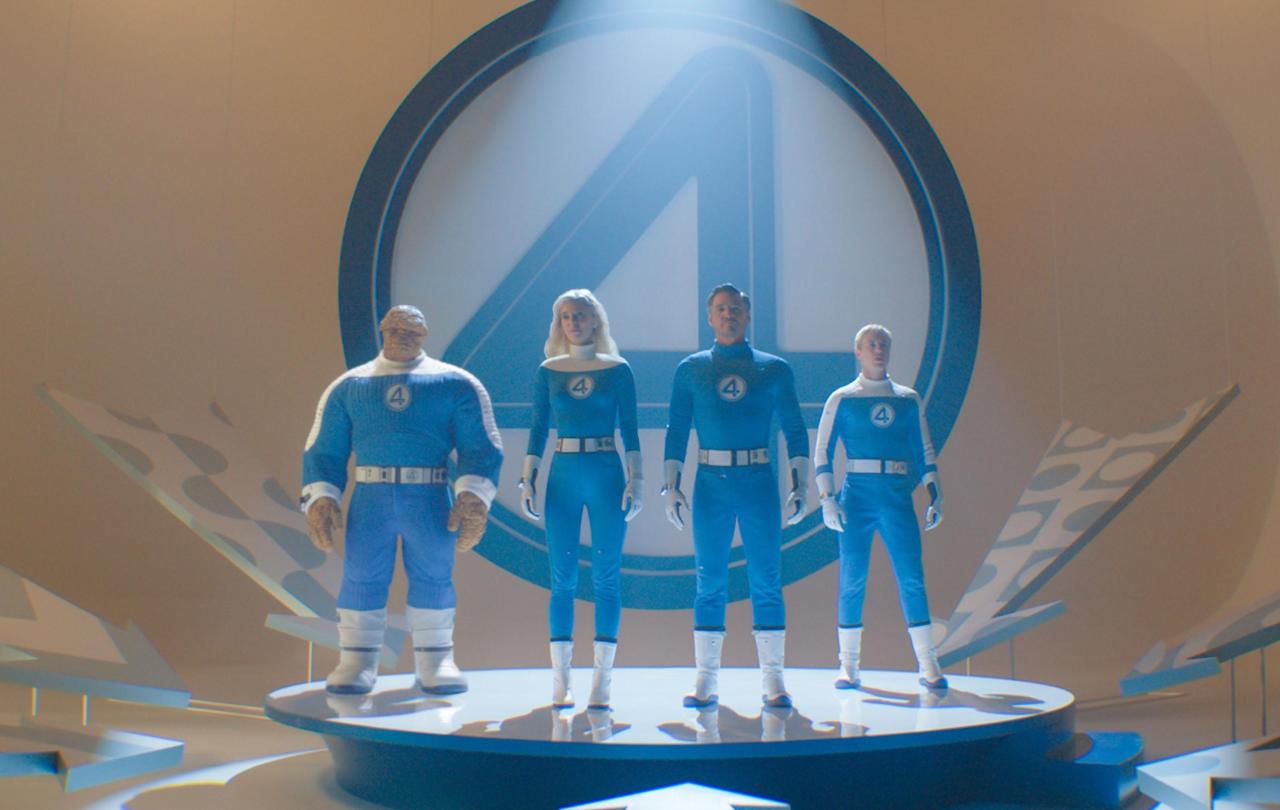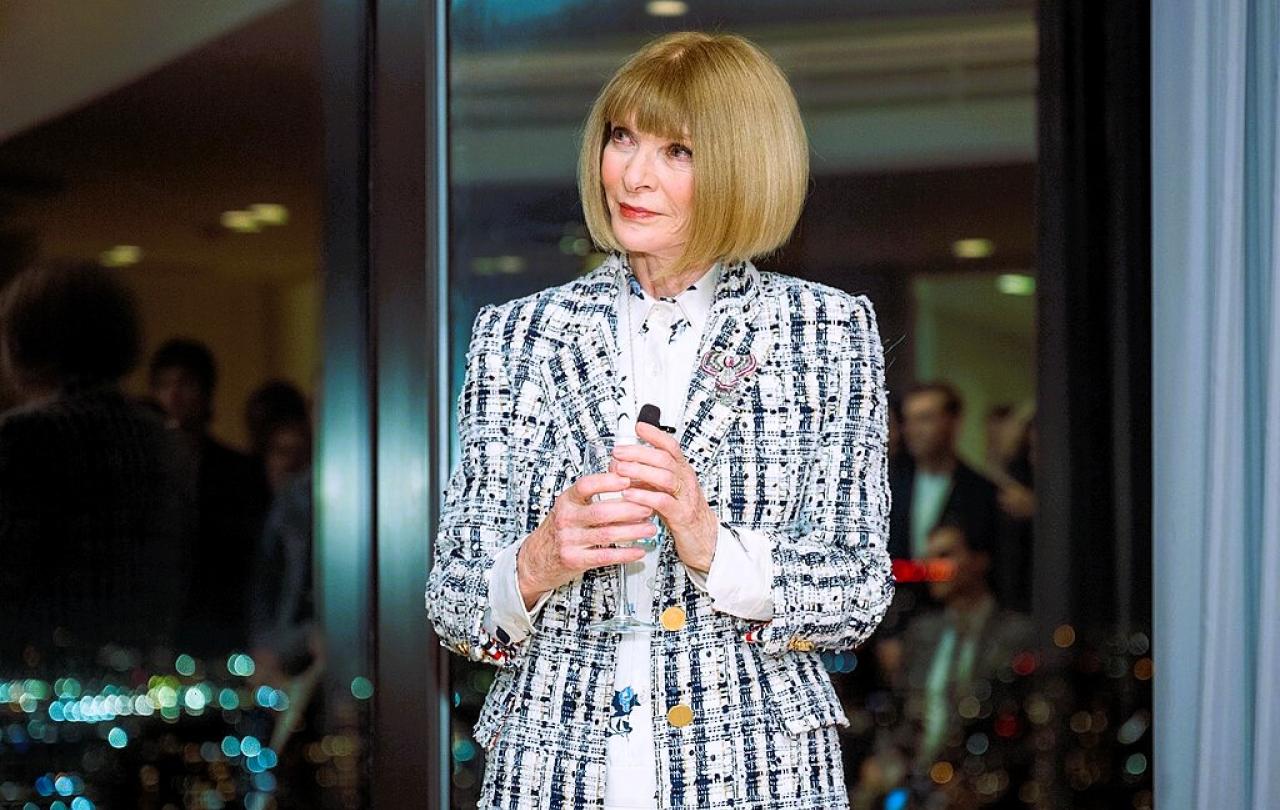
I’ve just been to see the The Fantastic Four: First Steps, and honestly, I think it’s brilliant. It’s my favourite Marvel film in a long time. I might have to go all the way back to Guardians of the Galaxy to find something as funny, engaging, and moving. There’s a lightness to it, but also a surprising depth.
First of all, the setting. It’s done in this beautiful, kitschy 1960s style—retro aesthetics, clean design, soft colours. It’s subtle, not forced, and it gives the whole film a kind of grown-up sophistication. Then there’s the casting—each of them is just spot on. Vanessa Kirby plays Sue Storm as an independent, intelligent, maternal powerhouse. And Pedro Pascal’s Reed Richards—brilliant but vulnerable—brings something pretty human to the role of a superhero. Even through the layers of CGI animation, Ebon Moss-Bachrach brings pathos and quiet dignity to the role of Ben Grimm aka The Thing.
But what really grabbed me wasn’t just the style, the humour or the casting—it was the themes. At the heart of this film are some big, timely questions: about family, about sacrifice, about truth—and about how we respond when the world is falling apart.
The power of sacrifice
Here’s the big plot point—and this is not a spoiler because it’s in the trailer—the Fantastic Four are about to become the Fantastic Five. Sue Storm aka The Invisible Woman is pregnant. She portrays well that beautiful mix of nervous excitement that every expectant parent knows. But because she and Reed Richards aka Mr Fantastic are becoming parents with superpowers and gamma radiation in play there is an additional fear and uncertainty about their unborn child. In the middle of this domestic intimacy things escalate. A threat emerges—Galactus, a cosmic entity capable of devouring entire planets. Sue and Reed are given an impossible ultimatum: to relinquish their unborn child to Galactus and save the world or keep their child and see the world destroyed.
The film could have taken the easy route and made the unborn child symbolic or vague. But instead, it takes this child seriously. There’s a very beautiful moment where Sue uses her invisibility powers to reveal their baby as a fit and healthy little boy asleep in her womb. He is real, precious and non-negotiable.
The heroes will not even consider sacrificing the unborn child. They are willing to give up their own lives. They are willing to risk everything they have. But they won’t hand over their child to save the planet.
That hit me hard in a culture where the idea of sacrificing a child—or at least, the rights of the unborn—has become politically and ethically contested. People take a range of views on the issue, but here is this blockbuster superhero movie saying: “No. Even if the planet is at stake, this child matters.” This is a brave, countercultural stance that surprised me.
It is also particularly poignant given a view that is becoming more widespread: some people are suggesting that in order to save the planet, we should stop having children. Clearly they genuinely believe the world would be better off without future generations. But that logic feels deeply broken. It is as if we are trying to protect the planet from children, instead of for them.
What this film offers is a total reversal: the child is not the threat—the child is the hope. And for Christians, that resonates. Because at the heart of the gospel is the story of a child—born into a broken world, not to destroy it but to save it. And while Sue and Reed won’t give up their child to save the world, the Christian story is that God did just that. He was willing to do what this superhero family wouldn’t—sacrifice his Son to save us.
Truth and politics
As if the personal and familial dilemma was not enough by itself, the film also raises important political questions. The Fantastic Four are given the ultimatum about saving the world in the privacy of a meeting with Galactus on the other side of the universe. When they finally make it back to earth, they are asked to make a press statement and told to keep it short.
I found myself willing them to be quiet, to protect the privacy of their decision to save their baby, to save themselves the inevitable backlash, but instead they choose honesty. They tell the world the truth about the impossible decision they had to make—and why they made it.
In today’s political landscape, that kind of transparency feels rare. We’ve seen moments—during COVID, during the cost-of-living crisis, even around immigration and the rescuing of Afghan families—when the public hasn’t always been trusted with the full picture. Leaders hide behind spin, afraid to speak plainly, or take responsibility.
In the film we see what happens when the Fantastic Four choose honesty, even as a baying crowd surrounds their base. A speech is made that displays vulnerability, integrity, and courage. It reminded me that truth isn’t just about facts—it’s about trust. The best leaders are those who invite people into difficult conversations, who treat others as grown-ups, who inspire hope rather attract blame.
How do you face the end of the world?
It is not unusual for a superhero movie to navigate a global catastrophe, but this time planet earth is given some warning. The Silver Surfer comes as a herald ahead of the impending doom, warning of Galactus’ plan to devour the planet, and challenging people to use their time well, to celebrate life and show love to their families. The Surfer is almost a John the Baptist figure, although the prophet’s advice was repentance not just holding your loved ones closer. God was not coming to consume the earth for his own gratification, but to make the ultimate sacrifice to deal with the problem and reconcile humanity to himself.
A headline in the Daily Express the other weekend claimed: “Global Crises send GEN Z to church” It does seem that for some young adults there is renewed interest in spiritual things in general and Christianity in particular. Perhaps it really is because the world feels like it is about to implode. With climate crisis, political chaos, and global conflict, people are looking for hope, purpose and salvation in real life as well as in happy endings to movies.
Fantastic Four really made me think - while also making me laugh about car seats, pregnancy tests and giving birth on a spaceship. I left feeling encouraged. Not because it offered easy answers, but because it reminded me that love—real, sacrificial, inconvenient, dangerous love—is still heroic. Truth matters. Children matter. Andd all the more so when faced with a brewing apocalypse.
Support Seen & Unseen
Since Spring 2023, our readers have enjoyed over 1,500 articles. All for free.
This is made possible through the generosity of our amazing community of supporters.
If you enjoy Seen & Unseen, would you consider making a gift towards our work?
Do so by joining Behind The Seen. Alongside other benefits, you’ll receive an extra fortnightly email from me sharing my reading and reflections on the ideas that are shaping our times.
Graham Tomlin
Editor-in-Chief





